If you follow Cities-4-People, you may know that we have entered the prototyping phase, during which the pilot areas work on a prototype for each of the three selected concepts, for a total of fifteen prototypes. The prototypes will bridge the concepts to the actual piloting phase, when things will get (even more) real and we will test and measure how the interventions affect the place and mobility in and around it.
What has happened in Trikala in this regard? Well, a walkshop. No, there is no typo: instead of hosting a traditional workshop, the idea was to discuss about the piloting of the three prototypes while walking around the places where the implementation is expected to take place. The walk was followed by some other co-creation exercises that help the thinking move further. Keep reading if you are curious about each prospective intervention.
Storage lockers
To encourage people to use alternative transportation modes and privilege walking and cycling over driving, Trikala aims to install storage lockers close to the main square. People could deposit heaving bags there, instead of relying on their cars to leave personal objects. Lockers seem to be a good idea, unless you start being defeatist: are the lockers secure enough? Will they only be used for legal activities or could they become a way to trade illegal substances? What if somebody loses their keys? What if there is a technical error and people cannot open the locker and have to wait? What if the lockers are vandalised? All these concerns are legit, but the first step is become aware of them. This way, we can co-design better solutions that address possible fears. Design will also take into account some more down-to-heart, yet crucial questions: what colour should the lockers be to invite widespread use? (spoiler: according to the participants in the piloting preparation session, they should be colourful to be easily recognisable) How many should they be? And what system should be used to let people know how many are already taken and how many are free? The guidelines for the development of the lockers will be provided by e-Trikala and Q-PLAN International on the basis of the input from the local Citizen Mobility Community. The actual development will be carried out by the municipality, starting from February.
Pedestrianisation of streets around the market square
Closing more streets to traffic and opening them to pedestrians is a dream come true for people who prefer non-motorised solutions over driving. However, a risk should be evaluated carefully: there may be people who depend on their car and would be upset by the lack of parking spaces. Nonetheless, the municipality is supportive: following the example of other cities, Trikala aims to eventually pedestrianise the area permanently in the future. Hence, Cities-4-People could help achieve this goal, by supporting implementation progressively. For instance, during the first piloting phase the streets around the market square could be closed only one day a week. Besides frequency and duration of pedestrianisation, another aspect that will be considered is what should be further done with the streets once emptied from cars, if anything at all: should a bicycle lane be created? Should there be street food stands or special activities (competitions, information stands with hand-outs and gadgets)? Planning has started, but we cannot disclose the details yet – come back in the next weeks for additional information!
Provision of wheelchairs for people with mobility impairments
Electric scooters that can be attached to a wheelchair will be available for people with mobility impairments at the Info Point in the main square of Trikala, where one can already rent bikes. Although the intervention may seem trivial, it has been acknowledged that many people with mobility impairments are not aware of the existence of this kind of devices. Making them more visible and more easily accessible would be beneficial. However, the risk of accidents should be considered. A full implementation of the solution would require an intervention on the infrastructure to avoid troubles with bikes and road traffic. Between March and June the piloting phase will show how these wheelchairs are used, how they affect other means of transportation and whether they are sufficiently equipped (for instance, in terms of lights, charging stations, etc.). Could this be a permanent service? Let’s see what the outcomes of pilot suggest.

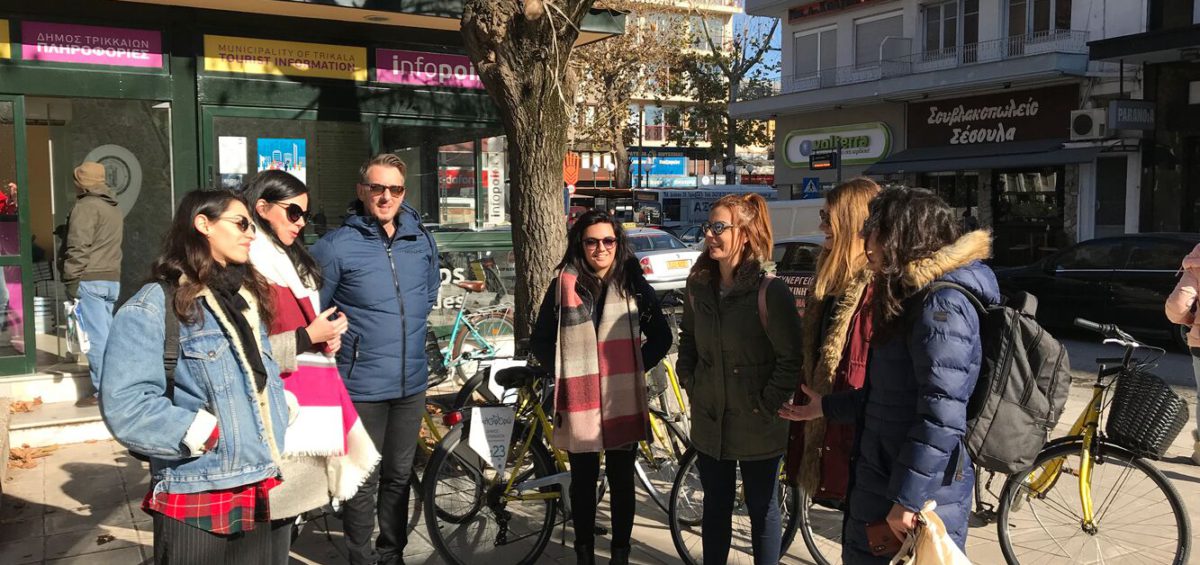




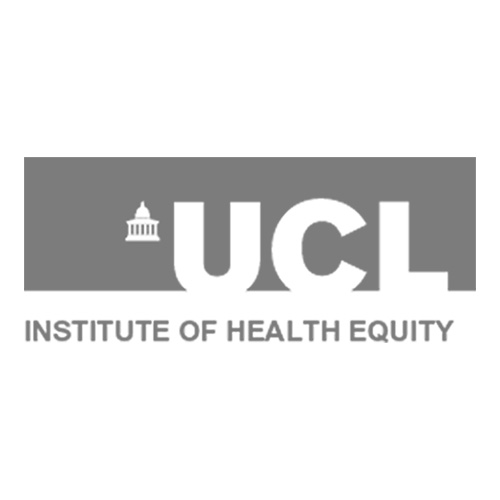
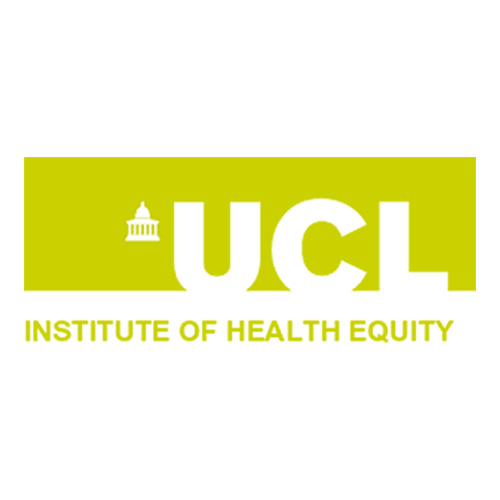


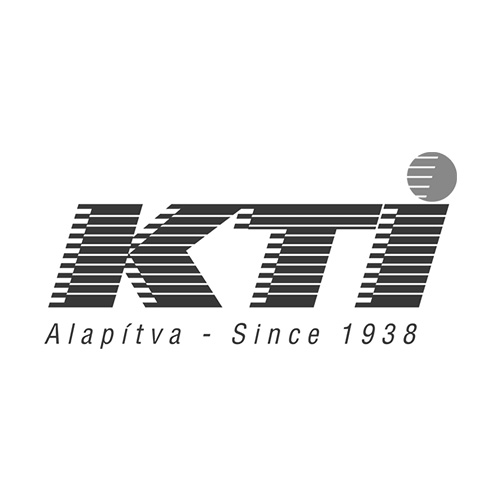
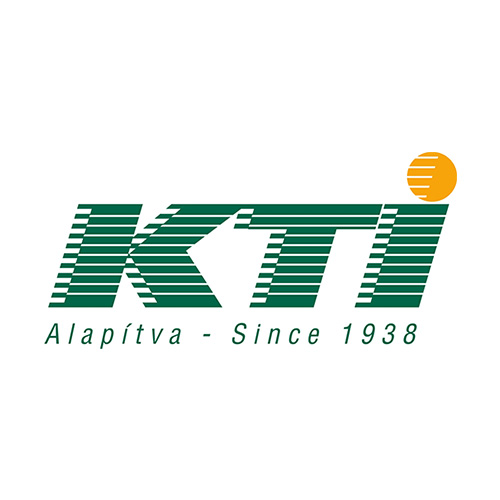
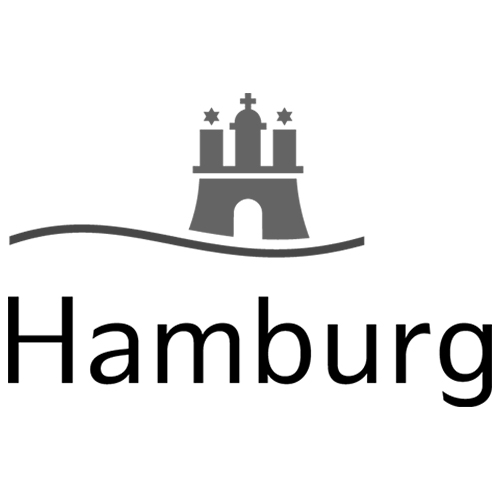
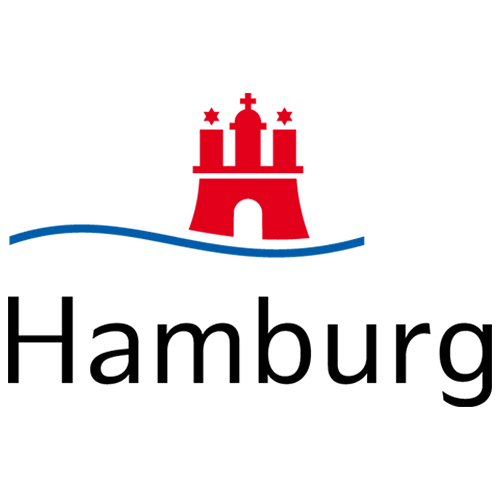
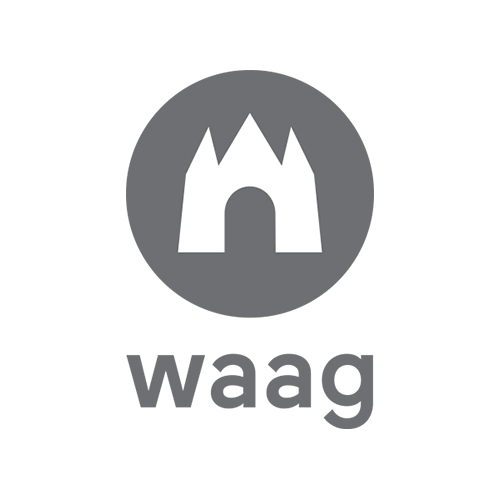

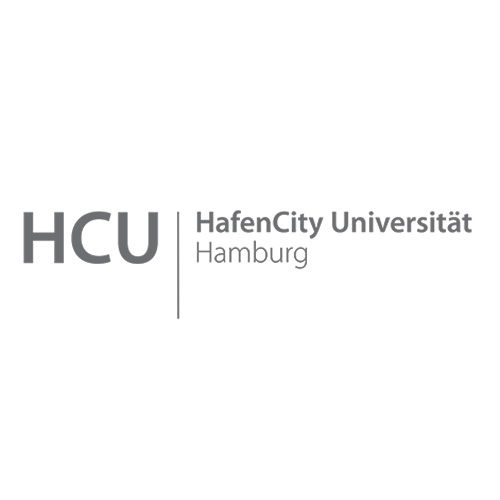
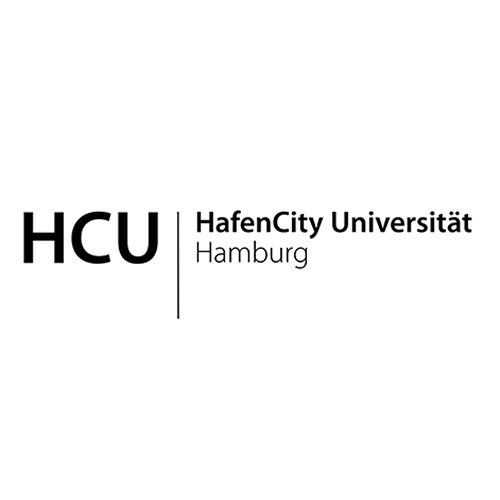
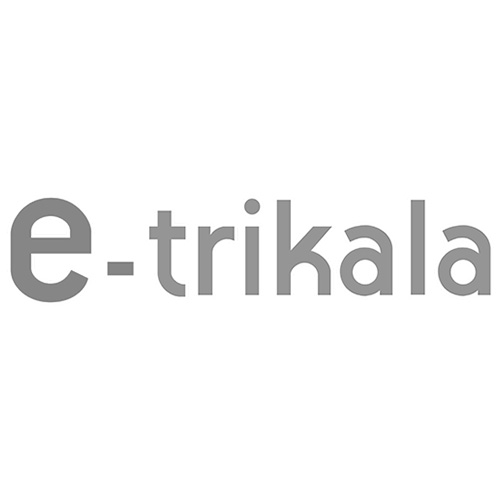
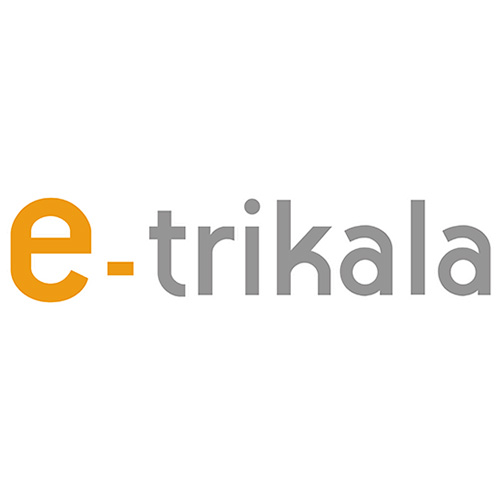








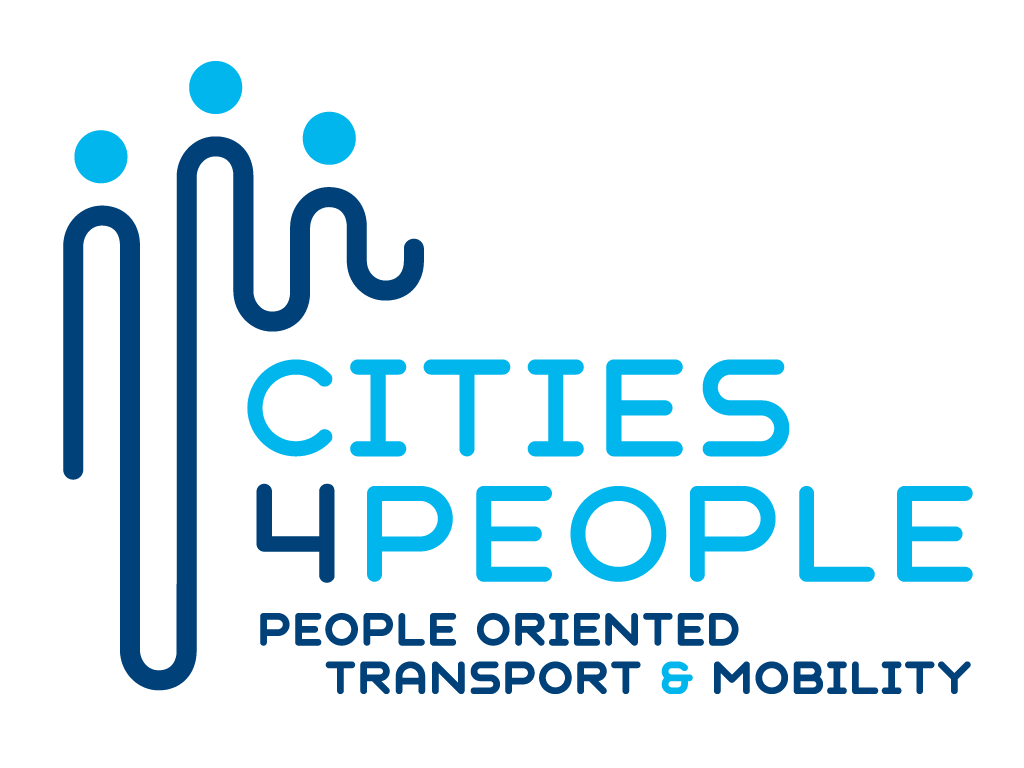
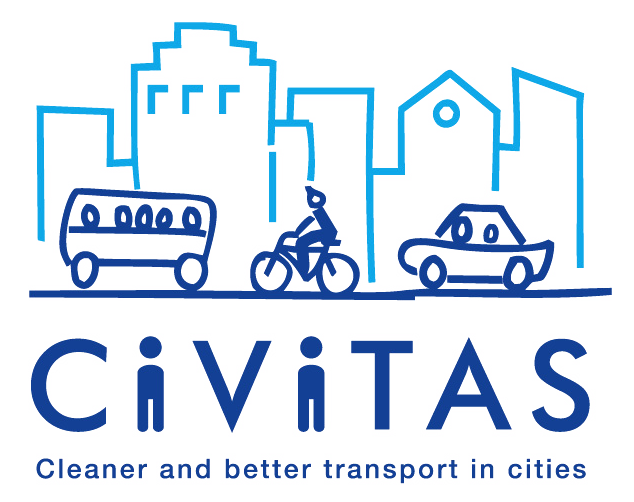


 English
English Magyar
Magyar Deutsch
Deutsch Turkish
Turkish